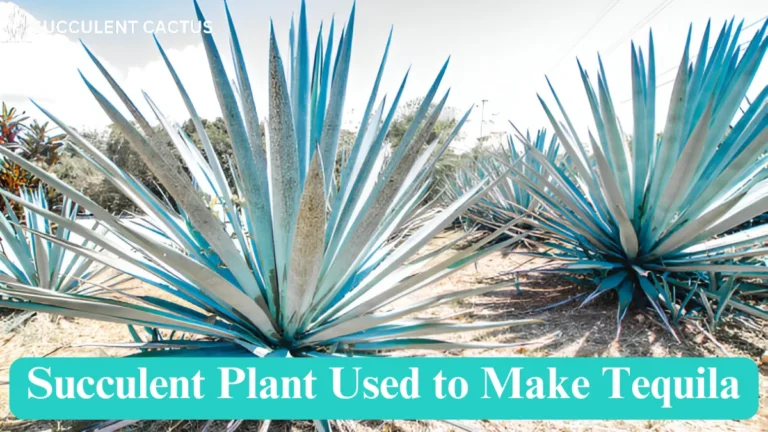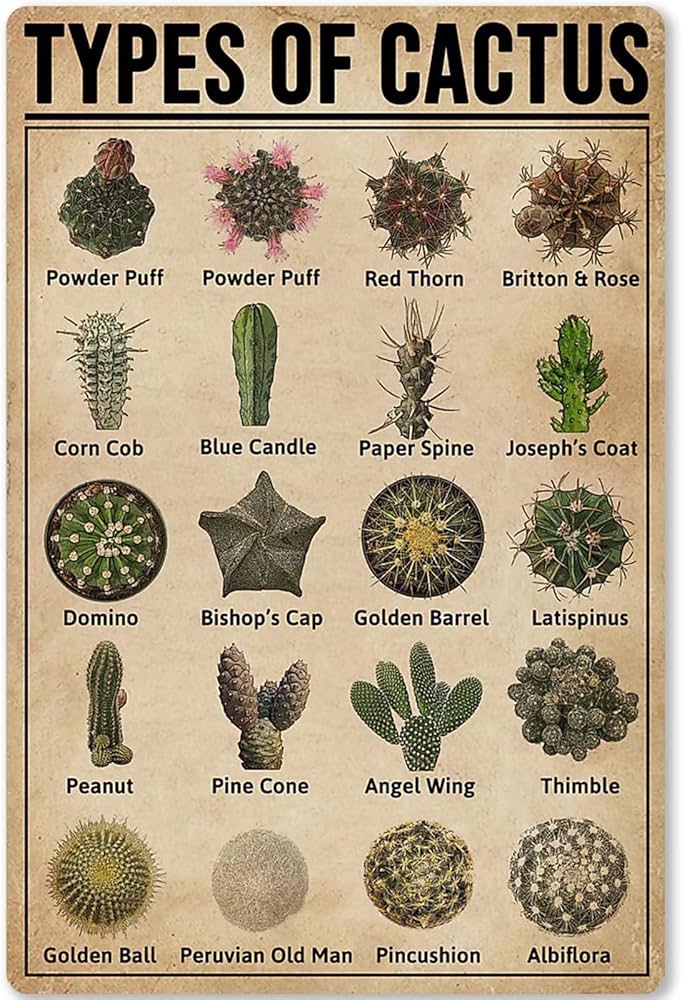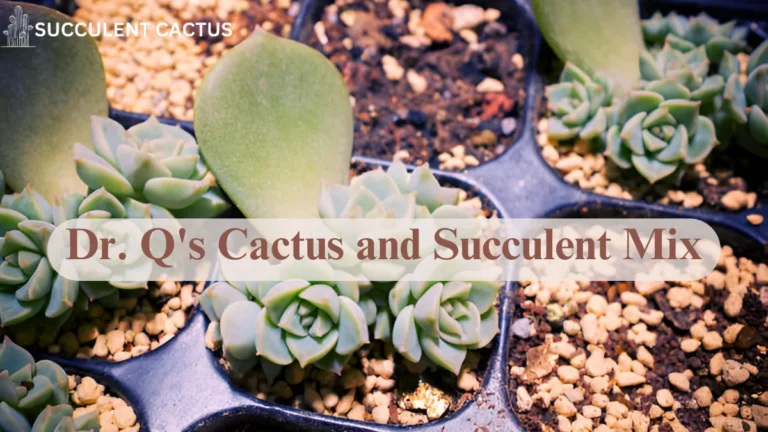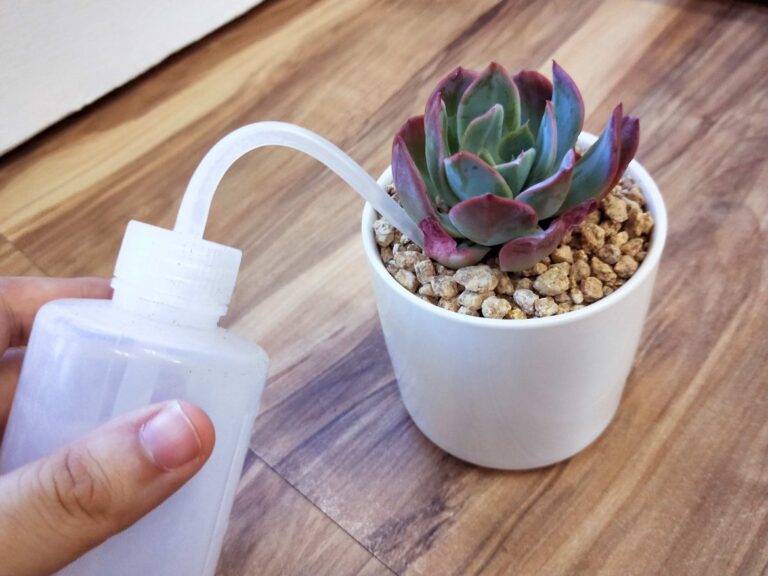Desert Cactus Plants: A Beginner’s Guide to Growing Them
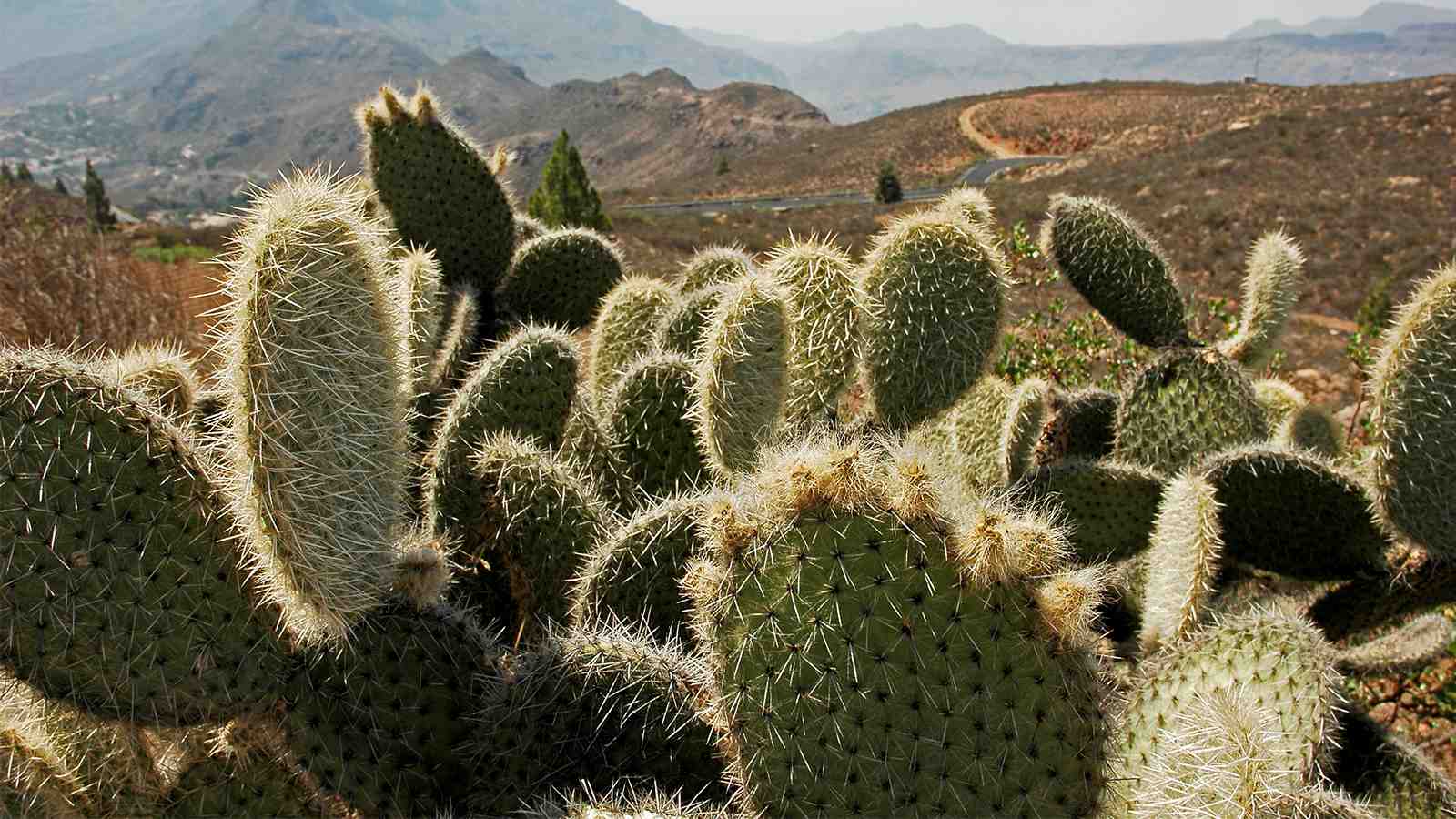
If you’ve ever marveled at the rugged beauty of desert landscapes, you might have noticed the striking presence of desert cactus plants. These unique plants are not only known for their remarkable resilience but also for their beauty, making them popular choices for home gardens and indoor spaces alike. Whether you’re a seasoned gardener or a complete beginner, growing desert cactus plant can be both a rewarding and low-maintenance experience.
In this guide, we’ll walk you through everything you need to know about desert cactus plant— from choosing the right species to caring for them in your home or garden. By the end of this article, you’ll be equipped with all the knowledge necessary to grow these fascinating plants successfully.
What Are Desert Cactus Plant?
Desert cactus plants are members of the Cactaceae family, native to the deserts of the Americas. These plants have evolved to thrive in arid environments with minimal water and extreme temperature fluctuations. They have developed unique adaptations, such as thick, water-storing stems, specialized spines, and the ability to go dormant during periods of drought.
Desert cactus plants are typically slow-growing, but with proper care, they can live for many years. Some species can grow quite large, while others remain small and compact. The variety of shapes, sizes, and colors among desert cactus plants makes them popular in gardens, landscaping, and even as houseplants.
Choosing the Right Desert Cactus Plant
When selecting desert cactus plants for your garden or home, it’s important to consider factors like climate, space, and sunlight availability. Different species of desert cactus plant thrive in different conditions. Here are a few popular types:
1. Saguaro Cactus (Carnegiea gigantea)
The Saguaro cactus is one of the most iconic desert cactus plant, known for its tall, tree-like structure and large, branching arms. This cactus requires plenty of sunlight and well-drained soil. It’s a great choice for those living in desert-like climates, but may not be suitable for indoor spaces due to its size.
2. Prickly Pear Cactus (Opuntia spp.)
Prickly pear cactus plants are one of the most diverse groups in the cactus family. They range from small, round pads to large, sprawling bushes. These cacti are relatively easy to grow and are tolerant of various soil types. Many varieties of prickly pear cactus also produce vibrant flowers.
3. Barrel Cactus (Ferocactus spp.)
Barrel cacti are known for their spherical shape and spines, which make them resemble large barrels. These desert cactus plants are hardy and can survive in both the desert and less arid conditions. They’re perfect for those looking for a plant that requires little care.
4. Echinocactus Grusonii (Golden Barrel Cactus)
This iconic cactus has a round, globe-like shape and features golden spines that radiate outwards. It’s a relatively slow grower, making it a great option for beginners with limited space.
5. Cholla Cactus (Cylindropuntia spp.)
Cholla cacti are known for their distinctive spiny appearance and can grow into both shrub-like and tree-like forms. While they require full sunlight and excellent drainage, some species of cholla cactus plants are ideal for ornamental purposes.
Soil Requirements for Desert Cactus Plant
Desert cactus plants thrive in well-draining soil that mimics their native desert environment. Standard potting soil tends to retain too much moisture, which can lead to root rot. Instead, look for a specialized cactus mix or create your own by blending sand, perlite, and regular potting soil in a 1:1:1 ratio.
If you’re growing desert cactus plants outdoors, make sure the soil is sandy or gravelly. Raised beds or containers are excellent options to help improve drainage and provide the cactus with the proper growing conditions.
Sunlight Needs for Desert Cactus Plant
Desert cactus plant are sun-lovers, requiring a significant amount of light to thrive. If you’re growing them indoors, place them near a south or west-facing window where they can receive at least 6 hours of direct sunlight each day.
Outdoors, desert cactus plant should be planted in a spot that receives full sun for most of the day. Keep in mind that while these plants love sunlight, they also need a period of rest. During the hottest part of the summer, some desert cactus plant may need protection from excessive heat, especially during heat waves or extreme drought conditions.
Watering Desert Cactus Plant
One of the most important aspects of caring for desert cactus plant is watering. These plants are adapted to survive in arid environments, so overwatering is a common mistake. Desert cactus plant store water in their thick stems, which allows them to survive long periods of drought.
Indoor Cactus Plant
For indoor desert cactus plant, water once the soil feels dry to the touch. In general, you should water every 2-3 weeks, but this can vary depending on the humidity of your environment. Be sure to water thoroughly but allow the excess water to drain completely. Never leave water standing in the bottom of the pot, as this can lead to root rot.
Outdoor Cactus Plant
For outdoor desert cactus plant, water them deeply during the growing season (typically spring and summer). However, you should reduce watering in the fall and winter when the plant is dormant. In arid climates, natural rainfall may suffice, but if you live in a more temperate climate, you may need to water them more frequently during the growing season.
Temperature and Climate for Desert Cactus Plant
Desert cactus plant are well-suited to hot, dry climates. They typically prefer temperatures ranging from 70°F to 100°F (21°C to 38°C). However, some varieties can tolerate temperatures as low as 20°F (-6°C) if they are allowed to dry out during the cold months.
For those growing desert cactus plants indoors, temperatures between 60°F and 85°F (15°C to 29°C) are ideal. Avoid placing them in areas where temperatures drop below 50°F (10°C), as this can damage the plant.
Fertilizing Desert Cactus Plant
Desert cactus plant generally don’t require much fertilizer. Over-fertilizing can lead to weak, leggy growth and reduced flower production. During the growing season (spring and summer), you can feed your cactus plants with a diluted, low-nitrogen cactus fertilizer every 4-6 weeks.
In the fall and winter, reduce fertilization and allow the plant to rest. The nutrients stored in their stems are usually sufficient for their dormant period.
Pruning and Maintenance for Desert Cactus Plants
Desert cactus plants are low-maintenance, but they still benefit from occasional pruning. If your cactus has any dead or damaged sections, use clean, sharp scissors or pruning shears to remove them. Be cautious of the spines, and wear thick gloves when handling the cactus to avoid injury.
Some species of desert cactus plants, such as the Saguaro, may naturally grow into large, branching structures, and pruning can help maintain their shape. However, most desert cactus plants grow slowly and require minimal intervention.
Common Pests and Diseases Affecting Desert Cactus Plant
Although desert cactus plant are relatively resistant to pests and diseases, they can still be affected by certain issues. Some common pests include:
- Aphids: These tiny insects can sometimes attack cactus flowers and stems.
- Mealybugs: These pests appear as small, white, cotton-like masses and can be found on the spines or pads of the cactus.
- Scale Insects: These hard-shelled insects attach to the cactus and can drain its juices.
If you notice pests on your cactus, gently remove them with a soft brush or use an insecticidal soap to treat the infestation. Also, avoid overwatering your cactus, as excessive moisture can lead to root rot and fungal infections.
Repotting Desert Cactus Plant
Desert cactus plant do not need frequent repotting, as they grow slowly. However, they should be repotted every 2-3 years or when they outgrow their current container. Choose a pot that is 1-2 inches larger in diameter than the previous one, ensuring it has good drainage holes.
When repotting, handle the cactus carefully, and always use thick gloves to protect yourself from the spines. Place a layer of gravel or small stones at the bottom of the pot to help with drainage before adding the cactus mix.
Conclusion
Growing desert cactus plant is a fantastic way to add some unique flair to your home or garden. With their stunning shapes, colors, and hardiness, desert cactus plant require minimal care, making them perfect for beginners. By understanding their basic needs—such as proper sunlight, well-drained soil, and minimal watering—you’ll be well on your way to growing healthy, thriving desert cactus plant.
Whether you choose a large Saguaro cactus for your garden or a small Barrel cactus for your living room, desert cactus plant are sure to be an interesting and low-maintenance addition to your plant collection.

